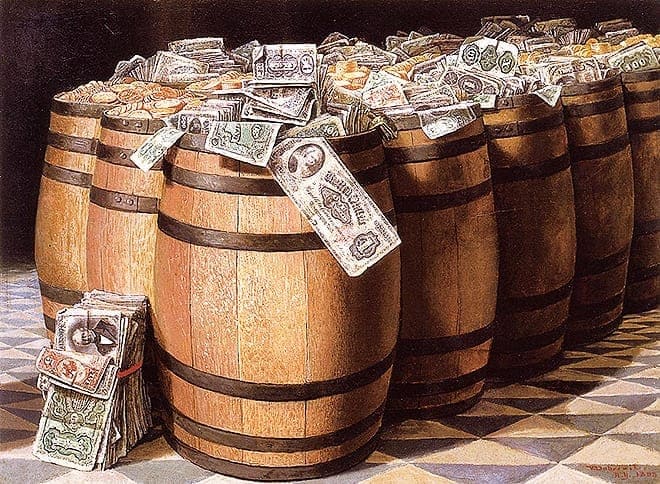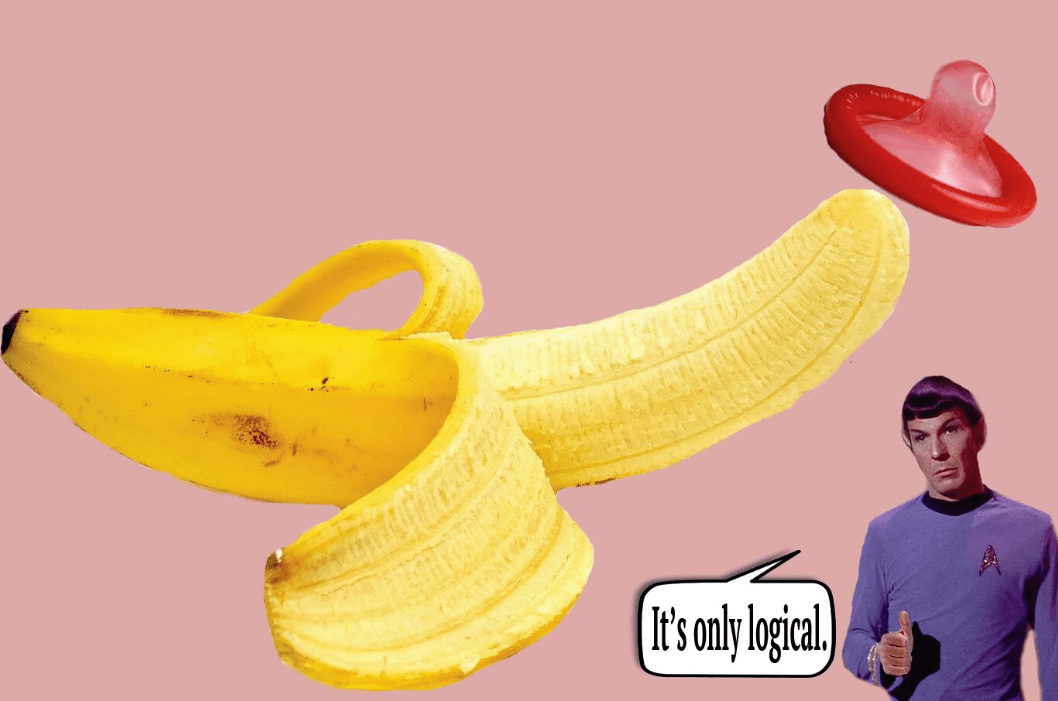Fine arts more valuable than you might expect

Author: scott pettigrew | Contributor
For many, the arts are viewed as an industry that produces little value.
If you’re currently receiving a liberal arts education in music, visual art, or any other form of self-expression, I’m sure you’ve had many similar sentiments thrown your way.
For some reason, so many people see artistic products as an afterthought of industry, somehow of a lesser value than mass-produced consumer products. When you look at this argument, it collapses under the smallest amount of scrutiny. As any economist knows, value does not come from surplus. In fact, it is completely the opposite; value comes from scarcity. What is scarcer than an original work of art? It can never be produced again, and there is only ever one edition. From an economic perspective, art is the perfect investment. Yet, it’s still regarded by many as a “hobby” or “interest,” and not a legitimate and lucrative form of investment. The reality, however, is that the dealing of art and artifacts is an exponentially growing financial market that I predict will continue to gain traction as a legitimate investment alternative.
The first and most important advantage that art and artifacts have is that it is not tied to currency in any way. Currency, as we know all too well as of late, is a fickle and uncertain thing; the strength or weakness of the currency that you hold in investments of any kind plays a large role in how that value is translated in foreign markets. On the other hand, art has a unique ability to transcend currency; because art has a strictly demand-based value based on the scarcity and popularity of the piece, it is not in any way tied to an individual market or currency. Because of this, art and artifacts have a unique ability to alleviate the inherent risks of currency-based investments.
Art and artifacts, though carrying a certain degree of risk (which I will discuss), have a tremendous upside potential. A dealer with a good eye and an ear to the ground can predict, with a high degree of accuracy, which pieces will gain or lose value. When you do pick the right piece from the right artist, the upside potential is gargantuan. I have personally seen my art and artifact investments increase at an incredible rate in very short amount of time, due simply to smart buying and good timing. Fine wine trading, which is a very sporadic segment of the art and artifacts market, it is not unusual to double your money within hours, and never even seeing the product. This was especially true with the spectacular 2008 vintage of Chateau Lafite, which was adorned with the Chinese lucky number “8” (the wine is incredibly popular in China). Those who purchased or pre-ordered cases of the vintage found their investments increase ten, twenty, or thirty fold in a single day. A case of 2008 Lafite is now sold for around $10,000-$15,000 CAD, a dramatic departure from the original asking price. This is merely an example of smart buying; those who got lucky and purchased original Banksy or Van Gogh works before the dramatic increase of their popularity saw their investments grow from $30 to $300,000,000. Those, by the way, are actual approximated valuations on what somebody would have paid for an original Van Gogh vs. what they are worth now.
Also, the inherent benefit of purchasing art is that if it does not increase in value or loses value, you are still left with a beautiful piece of art that you can enjoy. All this talk about “smart buying” is simply a phrase used to express the value of experience, and being able to recognize the signs to look for when buying art as an investment. At the end of the day, “the beauty is in the eye of the beholder.” As cliché as it is, this is absolutely true. Perhaps that piece you bought for $30 wasn’t the next “Van Gogh”, and Sotheby’s won’t call you back to list your work. The true question, however, is this: is that piece worth $30 to you?
That’s the real bottom line when it comes to buying art and artifacts, and that’s the best advice I could give to anybody who wants to start buying/collecting them. When you’re buying a piece, make sure you actually like it. Make sure that the price you’re paying is actually what the piece is worth to you; if you follow that rule, you can never lose in the art market. Worst case scenario? You have a beautiful and interesting collection of pieces that you can enjoy and cherish for the rest of your life, while also investing in the art community. Best case scenario? That piece you bought for $30 on a street corner in London is now worth millions (as was the case with Banksy), and you can retire early. Whether you’re buying vinyl, fine wine, visual art, sculptural art, furniture, or historical artifacts, art collecting and dealing is as much a passion project as it is an investment; and that’s what makes it so special.









